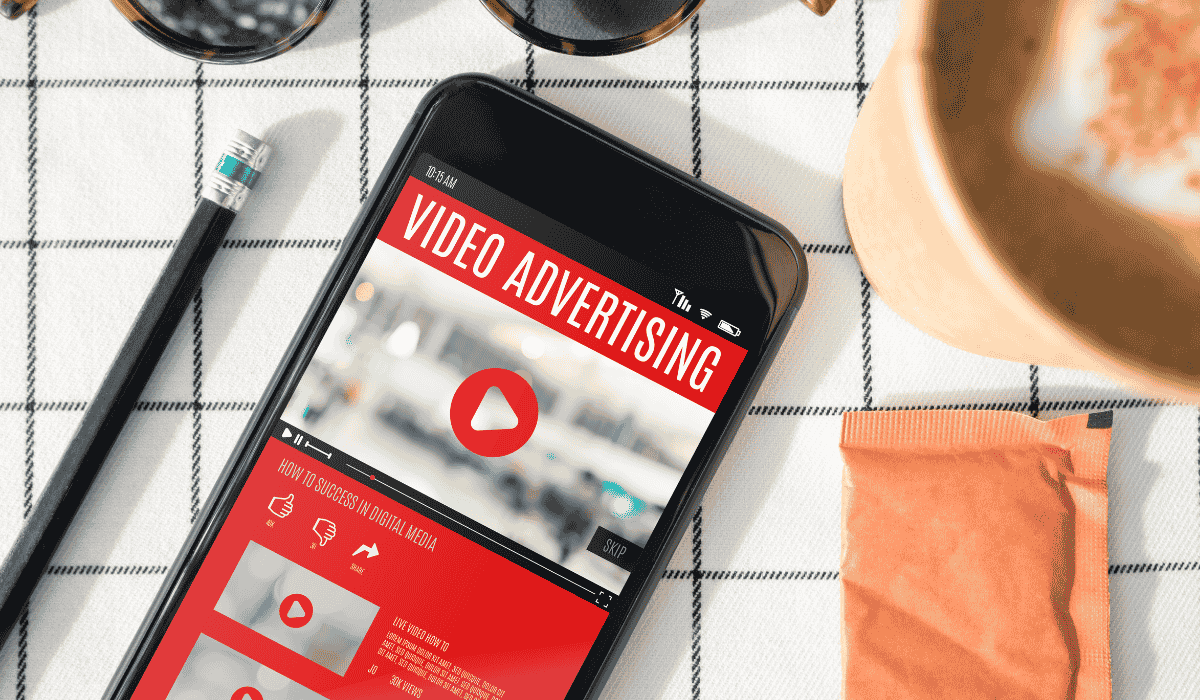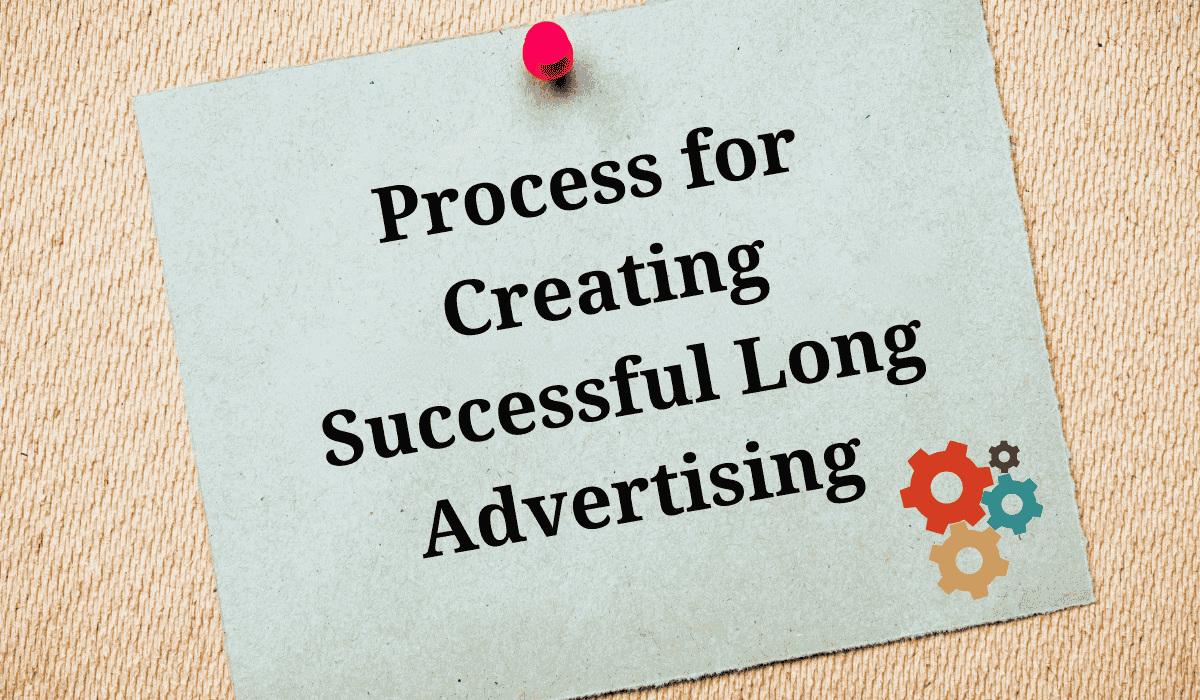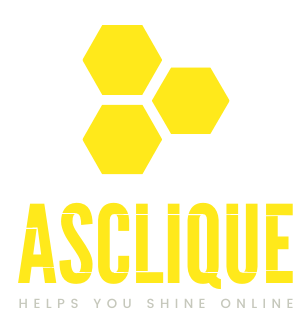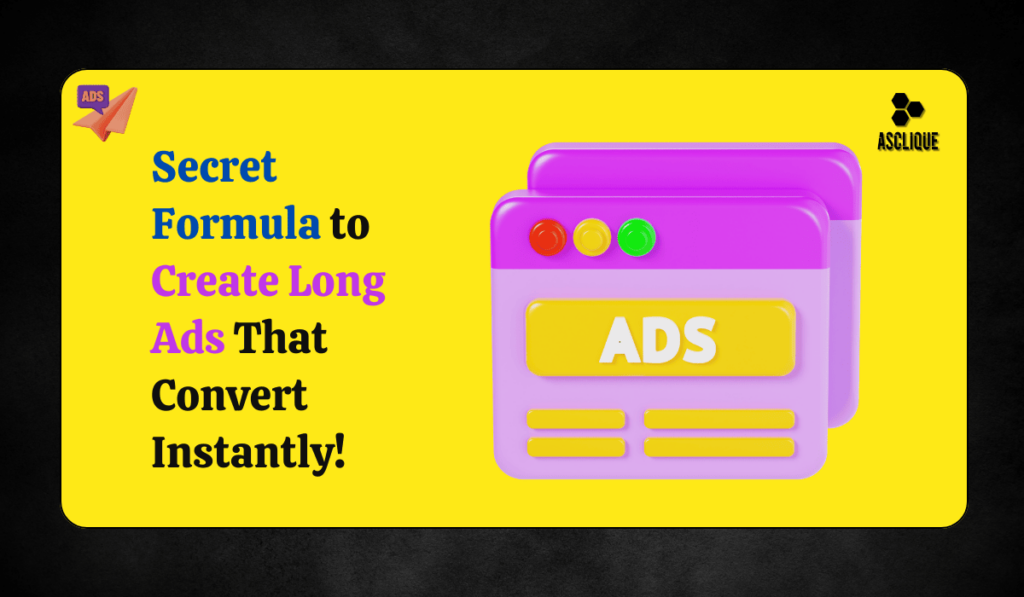Advertising is a critical marketing aspect that enables companies to reach their target markets and increase more revenue. Long advertising has been becoming more prominent as an effective storytelling tool, audience engagement, and conversion rate optimization, despite short ads potentially grabbing attention right away. Long advertising will be defined in this article, as well as its benefits, types, and best tips for effective design of successful long-form ads.
What Is Long Advertising?
“Long advertising” are long ads providing in-depth details regarding a product, service, or business. Long advertising enthralls the audience through tales, product show cases, feedback, and informational material, which is different from short and brief ads.
Ads can be found in numerous forms of varied nature, including:
- Infomercials (Extended television ads emphasizing a product thoroughly)
- Extended video advertisements on the web (YouTube or social media videos with an extended length)
- Long sales pages (Informational landing pages aimed at conversions)
- Email sequences (Series of promotional emails educating customers prior to making a pitch)
- Magazine or print ads (Longer storytelling in newspapers and magazines)
Why is Long Advertising Effective?
While the popularity of social media and short-form content may lead one to believe that people’s attention spans are decreasing, research indicates that longer, compelling content can lead to greater conversions. Here’s why:
More Room for Storytelling
- Brands can elaborate on their value proposition.
- Facilitates emotional connection with the reader.
Enhanced Audience Education
- Individuals seek in-depth understanding before making buying decisions.
- Long copy addresses objections beforehand.
Increases Conversion Rates
- Long copy usually develops higher levels of engagement and trust.
- Research indicates longer landing pages convert at a higher level compared to short pages.
Improves SEO & Visibility
- Search engines favor rich, lengthy content compared to short adverts.
- Long copy boosts organic search rankings and attracts more traffic.
Types of Long Advertising and Their Effect
Infomercials
Infomercials are long TV or video commercials that fully feature products. They are effective because:
- They emphasize the real applications of a product in daily life.
- They include testimonials and social proof to become more trustworthy.
- They offer limited-time offers, creating scarcity.
Example: The hit ShamWow infomercial highlighted the product’s extra-absorbent capabilities, spurring millions in sales.
Extended Video Ads

Platforms like YouTube, Facebook, and Instagram allow brands to upload long video ads (60 seconds to 10 minutes). They work because:
- Interactive pictures force consumers to view them.
- Descriptions in detail help customers make appropriate decisions.
- There are more story-telling possibilities with long-form ads than in short ones.
Example: Launch videos of Apple products are always longer than 5 minutes and contain detailed descriptions of key features.
Long-Form Sales Pages
Long pages incorporate in-depth product information, reviews, case studies, and FAQs to drive visitors into action.
- Used by SaaS companies, online commerce retailers, and online marketing professionals.
- Higher engagement ratio and better conversion figures than shorter pages.
- Helps to precisely define customer problems and solutions.
Example: Neil Patel’s sale pages for SEO contain more than 3000 words that elaborate on each feature.
Email Sequences
Instead of a single promotion email, businesses use multi-email sequences to warm leads.
- Educates customers before making a sales pitch.
- Empowers one-on-one marketing.
- Boosts brand trust and credibility in the long run.
Example: Course sellers online prefer using 5-7 email sequences to nurture leads before selling a high-cost course.
Magazine & Print Ads
Even in the digital era, print advertisements are powerful if done right. Luxury brands, real estate companies, and upscale consumer retailers use long magazine ads to target affluent audiences.
- Luxury appeal – Print advertising offers exclusivity.
- Longer shelf life – Magazines have a longer lifespan than online ads.
- Storytelling focus – More text space enables emotional brand storytelling.
Example: Rolex ads in TIME magazine utilize long-form storytelling around craftsmanship and heritage.
Process for Creating Successful Long Advertising

Creating a successful long ad is a systematic process that includes audience engagement, narrative, and conversion optimization. Here is a step-by-step guide to allow you to create effective long-form ad campaigns.
Step 1: Define Your Advertising Goals
Identify the primary objective before creating a long ad:
- Brand Awareness – Teach prospects about your brand.
- Lead Generation – Get prospects’ contact details.
- Sales and Conversions – Make the audience purchase.
- Customer Retention – Entice and retain existing customers.
Having a definite goal will determine the structure and content of your long-form advert.
Step 2: Know Your Target Market
To make your advert effective, study your audience thoroughly:
- Identify demographics (age, gender, income, location).
- Identify pain points and aspirations.
- Research competitors to see what speaks to comparable audiences.
This helps in developing messages that resonate with your target consumers.
Step 3: Choose the Right Long-Advertising Format
Choose the best format based on your audience and marketing goals:
- Infomercials – Best for TV, YouTube, and product demos.
- Long-Form Sales Pages – Best for SaaS, eCommerce, and digital products.
- Extended Video Ads – Best for storytelling and product pitches.
- Print & Magazine Ads – Best for high-end brands and high-value products.
- Email Sequences – Best for lead nurturing before a sale.
The best format generates maximum engagement and success.
Step 4: Craft a Compelling Hook
Your first message must seize attention immediately and pique interest:
- Start with a breathtaking statistic, sensational assertion, or question that challenges.
- Connect by using relatable narrative and emotional appeal.
- Render the first few seconds visually and textually engaging.
Example: “Did you know 90% of individuals overlook conventional ads? Here’s why our approach works…”
Step 5: Create a Powerful Story (Storytelling Strategy)
Apply the AIDA Model to organize your content:
- Awareness – Catch attention with a compelling introduction.
- Interest – Identify a familiar issue.
- Desire – Illustrate how your product addresses the issue with advantages.
- Action – Invite the audience to take the next step (CTA).
- Storytelling makes the ad more engaging, credible, and memorable.
Example: Apple’s longer ads prefer to tell a user’s story rather than listing product features.
Step 6: Add Testimonials & Social Proof
People trust other individuals’ opinions over a brand’s.
- Add: Actual client testimonials with names and photos.
- Case studies that demonstrate how your solution solved a problem.
- endorsement by an expert or thought leader to add credibility.
Example: “John, a small business owner, made 300% more sales using our service!”
Step 7: Add Multimedia & Beautiful Images
To ensure that your advertisement is visually appealing, add good quality photos, videos, and graphics.
- To boost engagement, add animations and infographics to the text.
- Optimize for mobile to allow it to be viewed on any device.
Example: An upscale sales page might feature a demo video, customer images, and comparison charts.
Step 8: Include a Powerful Call-to-Action (CTA)
Positioning a good CTA in your ad tells your audience exactly what they need to do next:
- Make it brief and action-oriented (“Sign Up Now”, “Get Your Free Trial”).
- Make it time-sensitive (“Limited Offer – Act Quickly!”).
- Make it visually appealing with buttons, bold fonts, or animations.
Example: “Join 10,000+ happy customers. Begin today!”
Step 9: Check for SEO & Performance
Use related keywords like “long advertising” throughout your content.
- Make webpages and videos load quickly.
- Optimize the ad for mobile use for easy access.
- Add meta descriptions, alt tags, and structured headers for search visibility.
SEO optimization makes your long ad rank higher and receives organic traffic.
Step 10: Test, Analyze, and Improve
Perform A/B testing to test versions of your long ad.
Monitor key metrics:
- Watch/read time engagement rates.
- Click-through rates on CTAs.
- Sales, sign-up conversion rates.
- Get feedback from actual users and optimize as needed.
Solution: If retention is poor in a video ad, shorten the introduction or include more interactive graphics.
Best Practices for Designing High-Converting Long Ads
Begin with a Strong Hook
- Your first few seconds or sentences should hook readers instantly.
- Incorporate questions, surprising facts, or emotional anecdotes to engage readers.
Make It Visually Engaging
- Add high-quality images, video clips, and infographics to grab viewers’ attention.
- Divide long content with subheadings and bullet points for reader convenience.
Use Persuasive Storytelling
- A great long ad should be emotional and connect with the audience.
- Incorporate Credibility using Case Studies, Testimonials, and Real-Life Examples
- Reviews, influencer reviews, and case studies increase credibility.
Use Social Proof
- Influencer reviews and reviews make it more authentic.
Add a Strong Call to Action (CTA)
Encourage your visitor to purchase, sign up, or learn more.
- “Start Your Free Trial Now,”
- “Only For A Limited Time – Buy Now,” and “Join Thousands of Satisfied Customers” are some straightforward, persuasive CTAs.
Optimize for Search Engines & Mobile
- Use the right keywords to make long-running ads SEO-optimized.
- Make them interactive so they are great on any device.
Challenges of Long Advertising (and How to Overcome Them)
Audience Drop-Off
- Not everyone will see or hear long commercials through to the end. Solution:
- Place most important messages at the beginning of the content.
- Utilize interactive elements to make it engaging.
High Production Costs
- More expensive to produce are longer commercials. Solution:
- Split long content into bite-sized pieces, blog entries, and social media updates.
Ad Fatigue
- Long commercials are unless done effectively uninteresting or daunting. Solution:
- Apply A/B testing for better messaging.
- Make it engaging, helpful, and relatable.
Conclusion: Why Long Advertising is a Game-Changer
Long advertisement is an essential tactic for businesses that are looking to forge closer relationships with their viewers, create higher conversion rates, and establish credibility. Short ads can gain quick attention, but long ads allow for richer storytelling, greater audience education, and stronger engagement.
To succeed with long advertising:
- Highlight powerful storytelling.
- Use visuals and testimonials for authenticity.
- Include a clear, powerful call-to-action.
As digital trends continue to shift, those companies that master the art of long-form advertising will be resilient during an era when consumer trust and attention are more valuable than ever.
FAQ’s
What is long advertising?
Long advertising is lengthy marketing copy such as infomercials, long sales pages, long ad copy, and long video ads. It provides in-depth information, storytelling, and persuasive messaging to engage the audience and prompt conversions.
When am I supposed to use long advertising?
Long advertising works best if:
- You desire to tell consumers about a highly complex product or service.
- Your product is of high price and requires strong conviction.
- You opt for building rapport and trustfulness through storytelling and word of mouth.
How do I make long advertising interesting?
For keeping your listeners interested:
- Resort to a good story and emotional engagement.
- Break up text with images, videos, and bullet points.
- Add social proof, case studies, and testimonials.
Is long advertising better than short advertising?
They are both used differently in marketing:
- Long advertising is excellent for instructing, persuading, and selling high-end products.
- Short advertising excels at branding awareness, quick action, and impulse purchases.
- Individually and together, they can be synerigised to get optimal marketing return on investment.

